Poverty reduction report: Expenses on subsidies, cash disbursements grow
Federal and provincial govts spend Rs347.3b on poverty alleviation during 1QFY15.
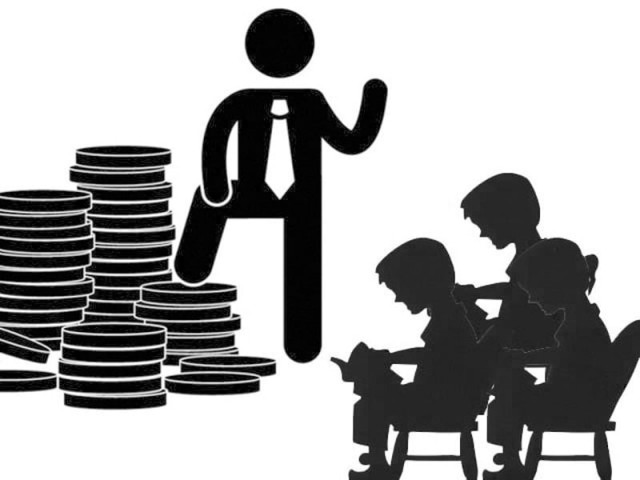
As share of education spending goes down, budgetary expense on handing out subsidies and cash disbursements among the lowest strata phenomenally grew from July through September this year.
The Poverty Reduction Strategy Report (PRSP) for the first quarter of this fiscal year, released by the Finance Ministry on Tuesday, showed changing budgetary expenditure patterns. Although there was an increase in the overall spending in the first quarter as compared to the comparative period previous fiscal year, the PRSP bulletin underlines the need to reprioritise the budgetary expenditures.
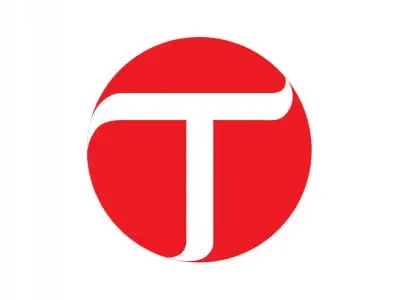
Overall, the federal and four provincial governments spent Rs347.3 billion on poverty alleviation – 40% or Rs107.6 billion more than last year’s first quarter. The Rs347.3 billion spending was 40% of total expenditures of Rs1.176 trillion by all federal and provincial governments.
However, almost three-fourths or Rs79.3 billion increase was on account of untargeted subsidies and cash disbursements under the Benazir Income Support Programme (BISP).
The BISP spending grew 15 times to Rs21.5 billion in the first quarter of this year, as cash disbursements under this programme had remained suspended in the comparative period of the previous fiscal year. There was almost a 20-time increase in subsidies that grew to Rs61.7 billion from last year’s level of Rs3.1 billion. Almost an entire amount or Rs57 billion worth subsidies were paid by the federal government.
The share of subsidies in total pro-poor expenditures increased to 17.7% from previous quarter’s level of just 1.2%.
Despite an increase in the overall pro-poor spending by the federal and four provincial governments, there is no significant change on ground, say social sector experts. There has been a constant increase in inequality and poverty in the country and the government seems reluctant to work out the exact number of those living in poverty.
Overall, the federal and four provincial governments spent Rs104.9 billion on education –an amount which was just Rs945.5 million or less than one per cent higher than the previous fiscal. But the share of education spending in total pro-poor expenses went down to 30% from previous quarter’s level of 41.8%. As much as 96% of total education spending was on account of paying salaries.
The spending on universities, colleges and institutions decreased by one-tenth or Rs1.4 billion to Rs12.1 billion due to reduced federal spending on higher education.
Health spending came in at Rs34.4 billion, an increase of Rs4.1 billion or 13.5% from the previous quarter. Out of this, however, Rs30.6 billion was on account of current expenditures – mostly salaries and transportation.
The governments spent Rs57.7 billion on maintaining law and order, Rs6.7 billion or 13% increase from last year. Almost the entire amount was spent on running expenses; it seems disingenuous to include this spending under poverty reduction. The increase was across the board. The share of spending on law and order in total expenditures came down to 16.6% – from last year’s level of over 21%.
On administration of justice, Rs5.6 billion was spent as compared with Rs5.3 billion of the comparative period. On social security and welfare, Rs3.7 billion was spent as against Rs3.1 billion in the comparative period.
Published in The Express Tribune, December 31st, 2014.
Like Business on Facebook, follow @TribuneBiz on Twitter to stay informed and join in the conversation.







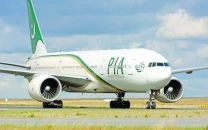
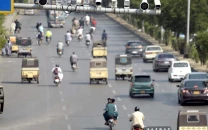
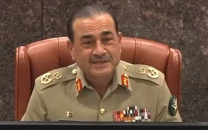

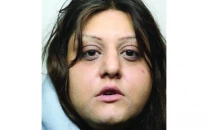
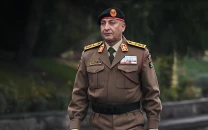

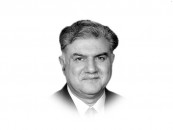

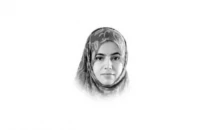


COMMENTS
Comments are moderated and generally will be posted if they are on-topic and not abusive.
For more information, please see our Comments FAQ